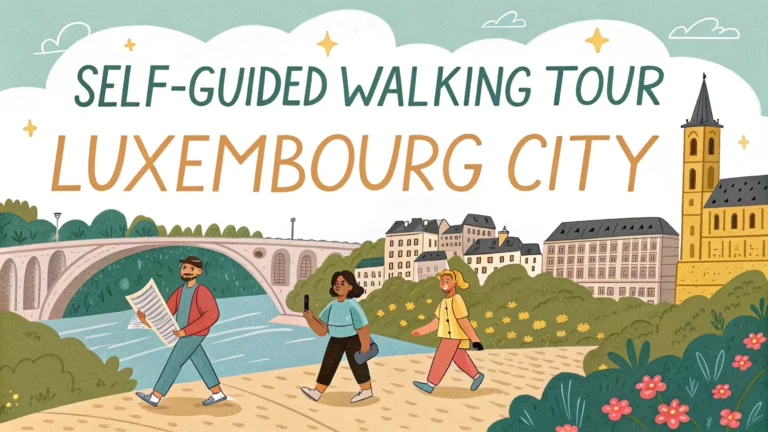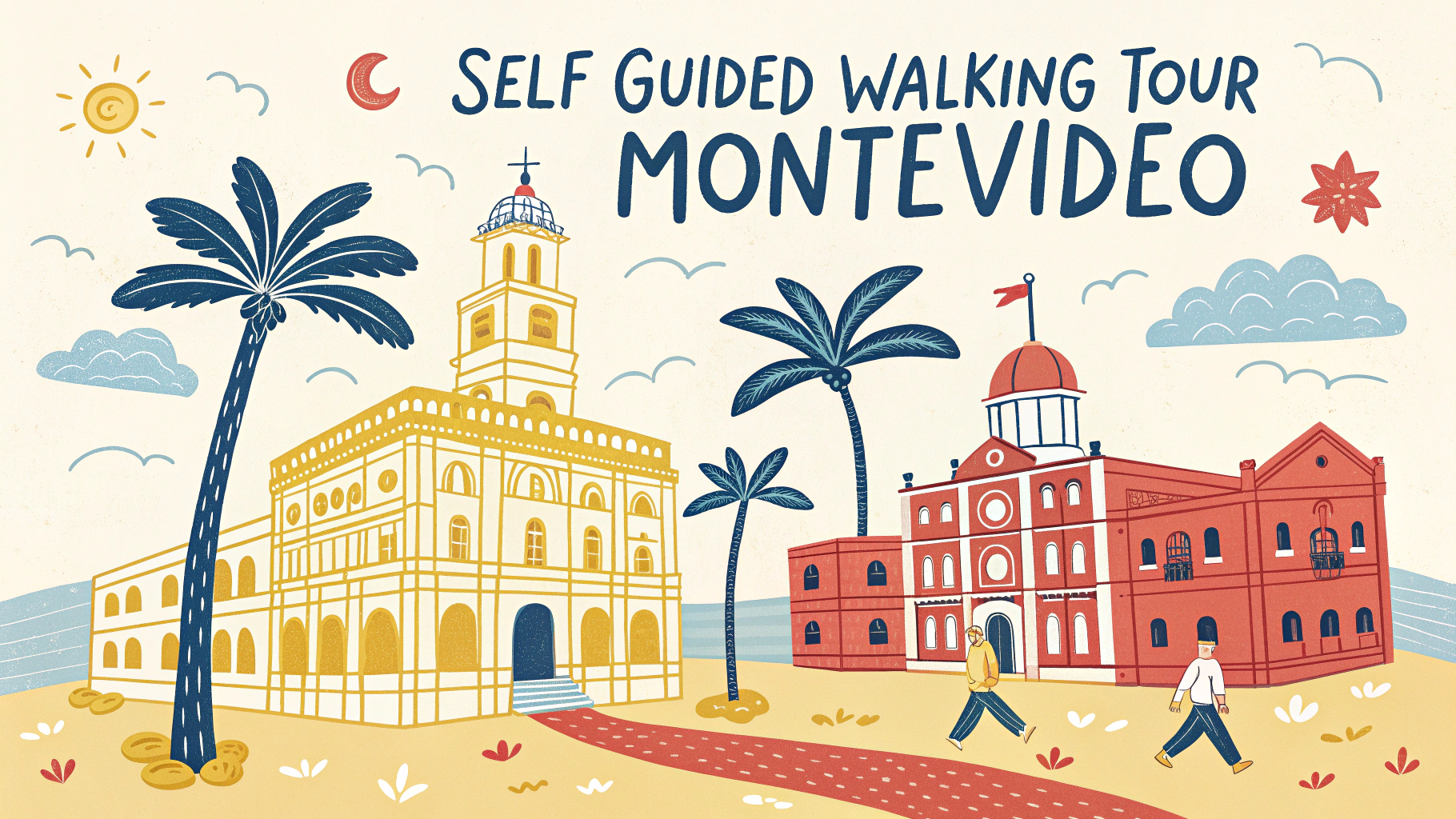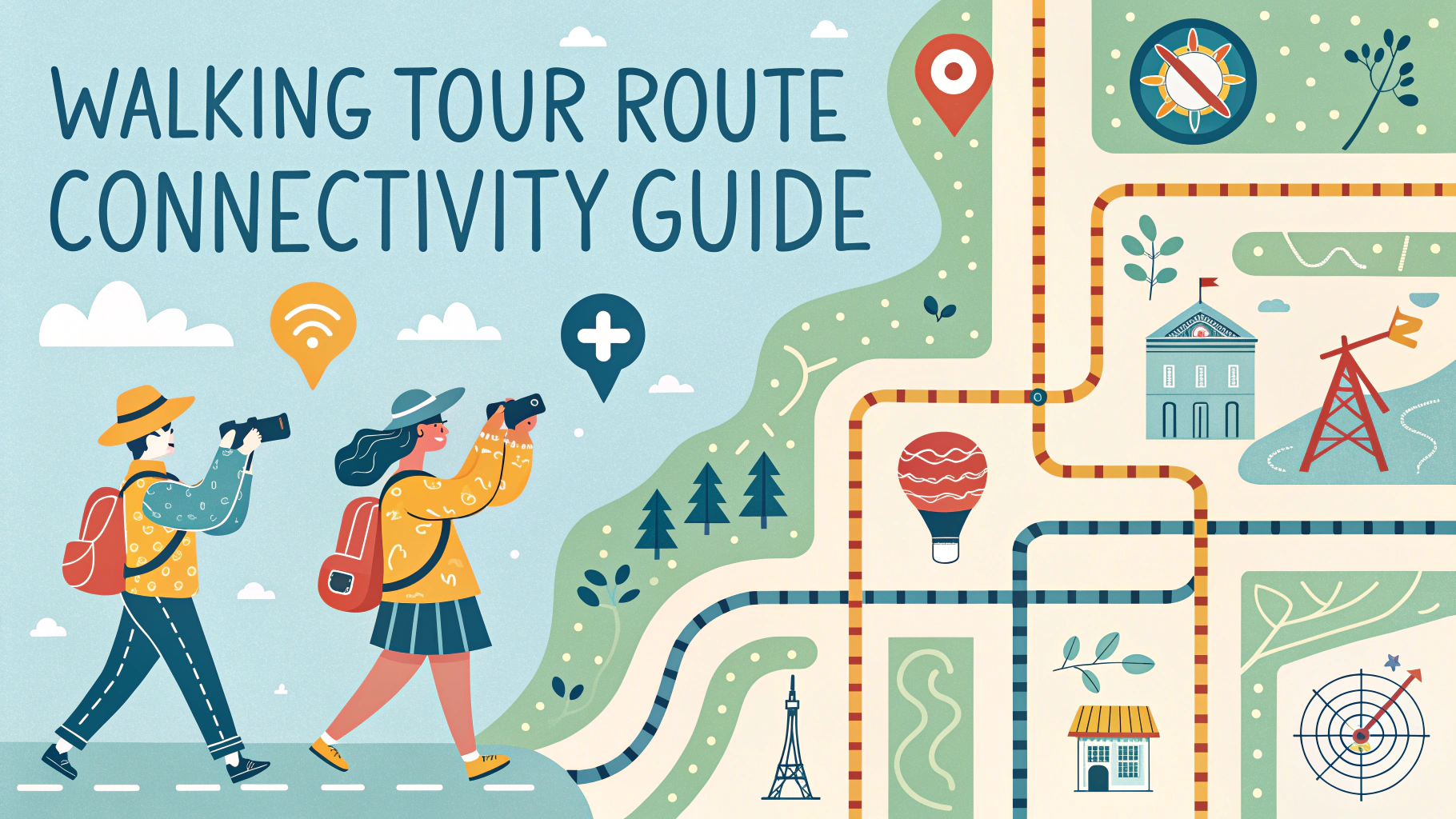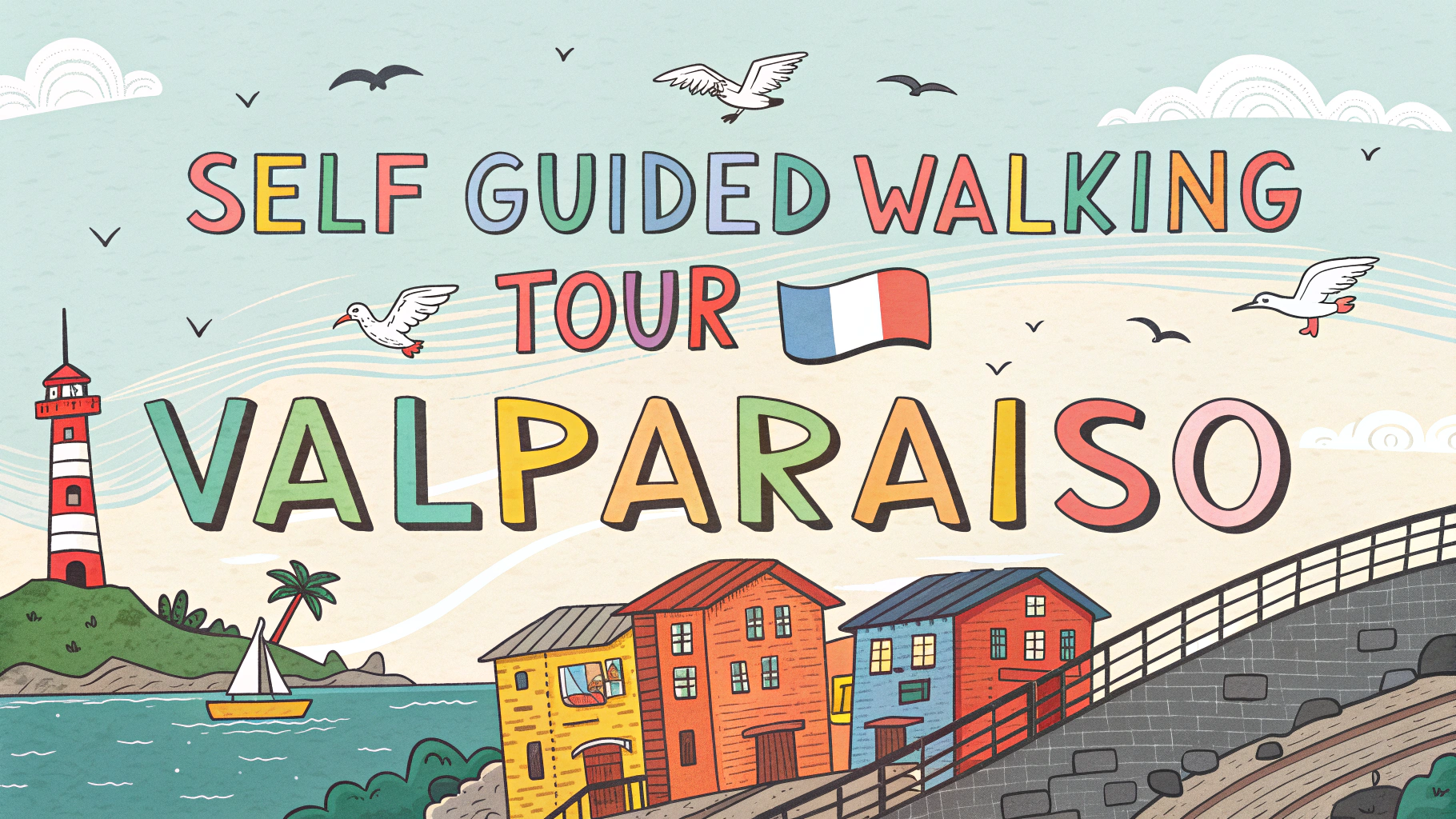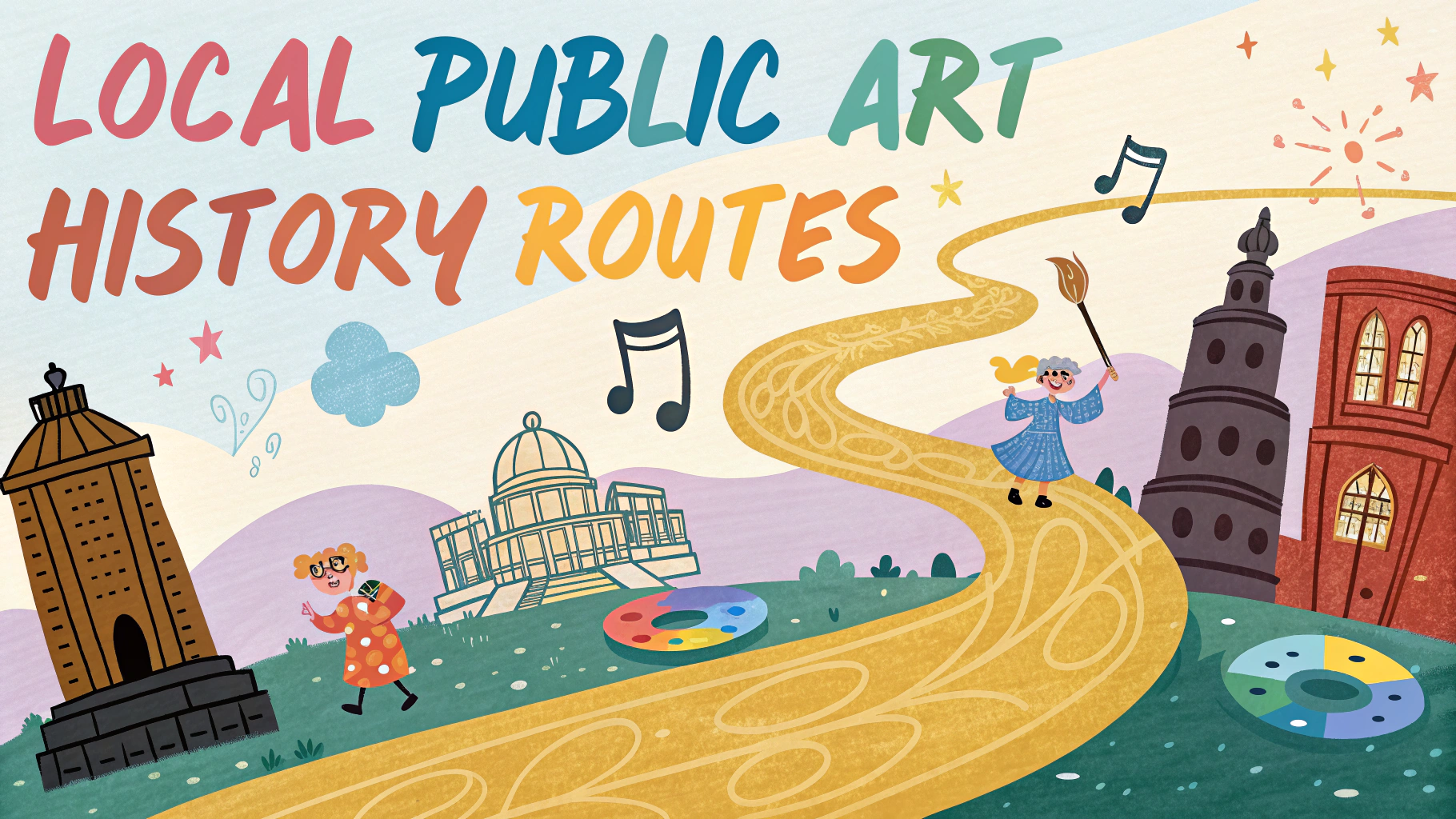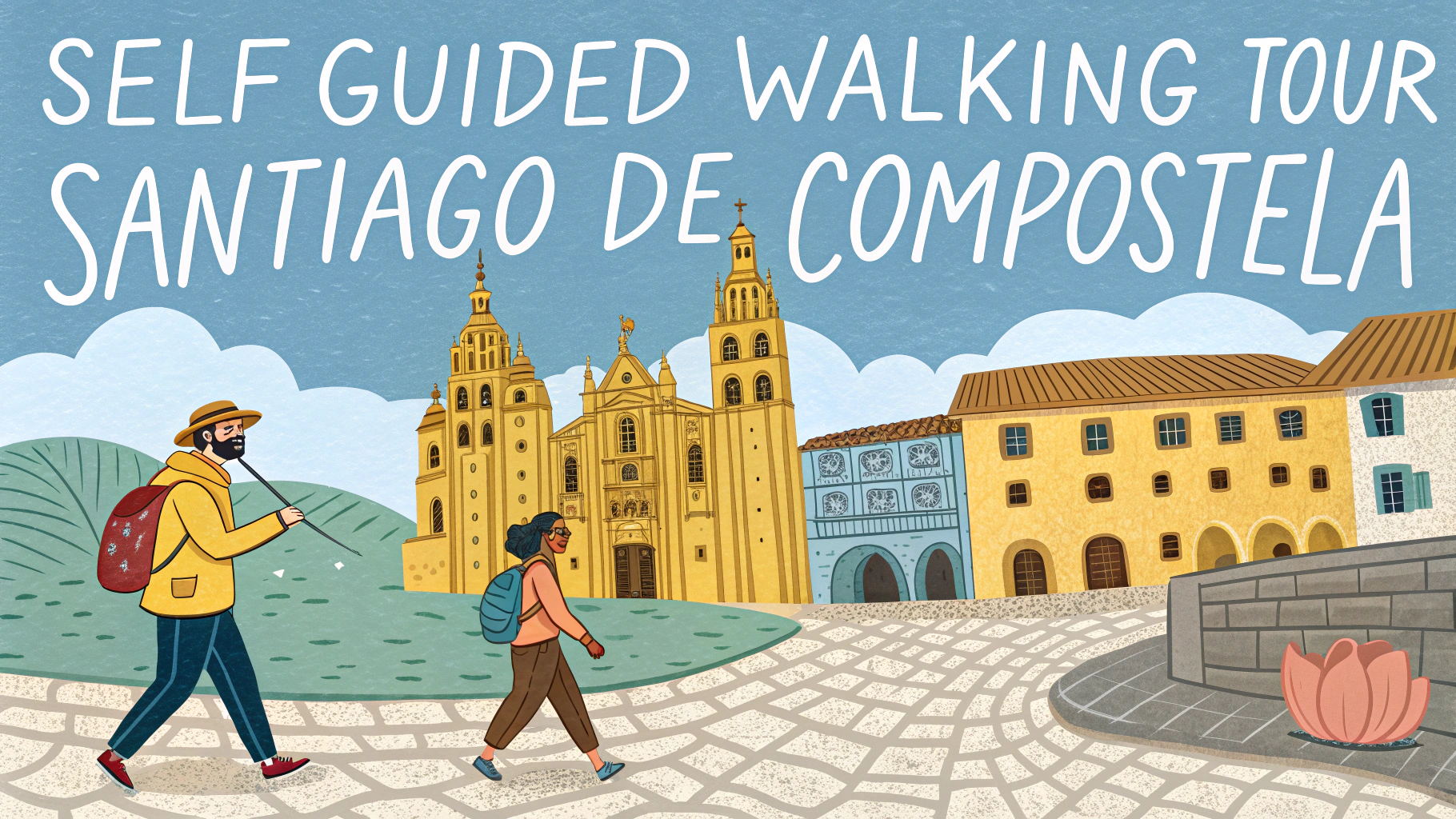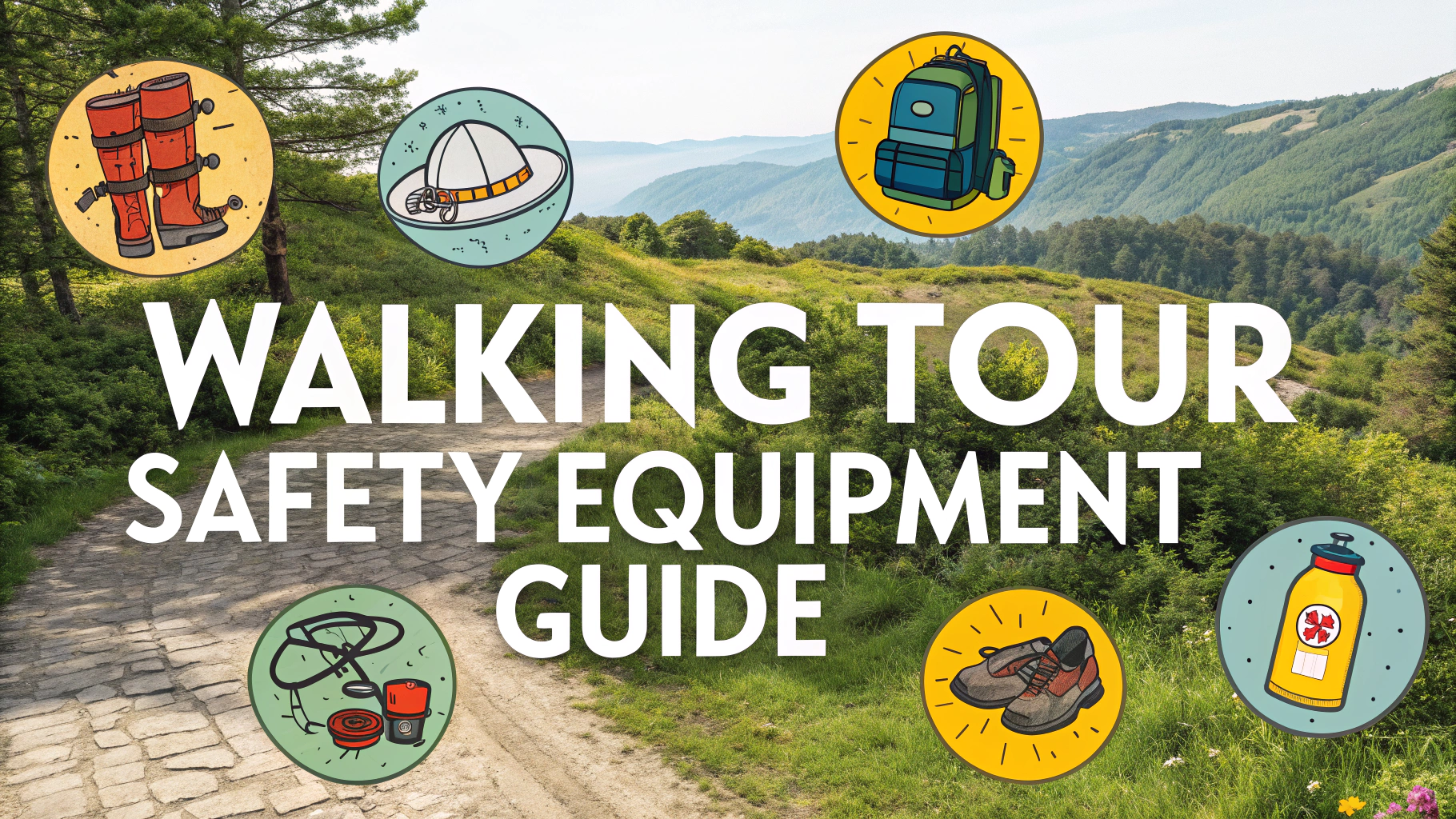Luxembourg City, with its dramatic location atop high cliffs and deep gorges, offers one of Europe’s most scenic walking experiences.
Essential Route Highlights
- Place d’Armes – Start your walk at this central square lined with cafes
- Palace of the Grand Dukes (17 rue du Marché-aux-Herbes) – The official residence of Luxembourg’s monarch
- Notre-Dame Cathedral – Gothic architecture with Renaissance elements
- Chemin de la Corniche – Known as “Europe’s most beautiful balcony”
- Casemates du Bock – UNESCO-listed fortress tunnels carved into rock
- Grund Quarter – Medieval lower town along the Alzette River
Walking Route Details
The complete loop takes approximately 3 hours at a leisurely pace.
| Section | Distance | Time |
|---|---|---|
| Upper Town Loop | 2.5 km | 1.5 hours |
| Grund Quarter | 1.5 km | 1 hour |
| Fortress Walk | 1 km | 30 minutes |
Practical Tips
- Best Time: Early morning or late afternoon to avoid tourist crowds
- Wear: Comfortable walking shoes (cobblestone streets)
- Bring: Water bottle, camera, weather-appropriate clothing
- Public Toilets: Available at Place d’Armes and Place Guillaume II
Key Viewpoints
- Three Towers Viewpoint (Rue Munster)
- Corniche Promenade Overlook
- Adolphe Bridge Vista
- Pfaffenthal Panorama Elevator (free, operates 06:00-01:00)
Refreshment Stops
- Chocolate House (20 rue du Marché-aux-Herbes) – Famous for hot chocolate
- Café am Piräus (3 Rue de la Loge) – Traditional Luxembourg cuisine
- Scott’s Pub (4 Bisserwee) – Perfect stop in the Grund quarter
Alternative Routes
- Short Route: Upper town only (1.5 hours)
- Extended Route: Including Kirchberg district (5 hours)
- Night Route: Evening walk focusing on illuminated monuments
Access Information
The walk starts from Luxembourg Central Station, accessible via bus lines 9, 14, and 19.
Emergency Contacts
- Tourist Office: +352 22 28 09 (open daily 9:00-18:00)
- Emergency Number: 112
- Police: 113
Free downloadable maps are available at the Luxembourg City Tourist Office (30 Place Guillaume II).
Accessibility Notes
- Most upper town routes are wheelchair accessible
- Grund quarter has steep sections and stairs
- Elevator access available to lower town
- Several rest benches along main routes
Historical Context
Luxembourg’s fortifications, dubbed the “Gibraltar of the North,” were built between the 16th and 19th centuries. The network of defensive structures spans 23 kilometers, making it one of Europe’s largest historical fortification systems.
Seasonal Highlights
- Spring: Cherry blossoms in Municipal Park
- Summer: Street performers along the Corniche
- Autumn: Colorful foliage in valley views
- Winter: Christmas markets in Place d’Armes
Guided Tours
- Daily tours in multiple languages at 11:00 and 14:00
- Special themed walks on weekends
- Private guides available upon request
Conclusion
Luxembourg City’s walking route combines historical fortifications, dramatic landscapes, and modern urban life. The well-marked paths and frequent viewpoints make it an accessible yet rewarding urban hiking experience. Whether taking the complete circuit or shorter alternatives, visitors can experience Luxembourg’s unique blend of natural beauty and architectural heritage.
FAQs
1. How long does it take to walk around Luxembourg City’s main attractions?
A typical self-guided walking tour covering the main attractions takes 2-3 hours, but can be extended to 4-5 hours if you include museum visits and longer stops.
2. What are the must-see stops on a walking tour of Luxembourg City?
Essential stops include the Palace of the Grand Dukes, Notre-Dame Cathedral, Adolphe Bridge, the Casemates du Bock, Place d’Armes, and the Chemin de la Corniche (nicknamed “Europe’s most beautiful balcony”).
3. Is Luxembourg City walkable for people with limited mobility?
The city has significant elevation changes and many stairs, particularly in the old town. However, there are elevators and lifts connecting the upper and lower cities, including the panoramic elevator at Pfaffenthal.
4. What is the best starting point for a self-guided walking tour?
Place Guillaume II (Knuedler) in the city center is the ideal starting point, as it’s centrally located and easy to find, with the Tourist Office nearby for maps and information.
5. Do I need to pay entrance fees during a walking tour?
Many attractions can be viewed from outside for free. The Casemates du Bock and museums have entrance fees, but walking along the fortress walls and city streets is free.
6. What’s the best time of day for a walking tour?
Morning to early afternoon is ideal, as most attractions are open and well-lit for photos. The Casemates close at 5 PM in peak season, so visit these earlier in the day.
7. Are there good photography spots along the walking routes?
The Chemin de la Corniche, Adolphe Bridge, and the Grund quarter offer excellent photography opportunities. The Casemates du Bock provides panoramic views of the lower town.
8. Where can I find public restrooms during the walking tour?
Public toilets are available at Place Guillaume II, Place d’Armes, and near major tourist attractions. Many cafés and restaurants also offer facilities to customers.
9. Is it worth including the Kirchberg district in a walking tour?
While Kirchberg houses EU institutions and modern architecture, it’s quite far from the historic center. It’s recommended to focus on the old town and Grund areas for a walking tour.
10. What should I bring for a self-guided walking tour?
Comfortable walking shoes, water bottle, weather-appropriate clothing, a city map (available at Tourist Office), and a camera. A portable phone charger is useful for navigation.
